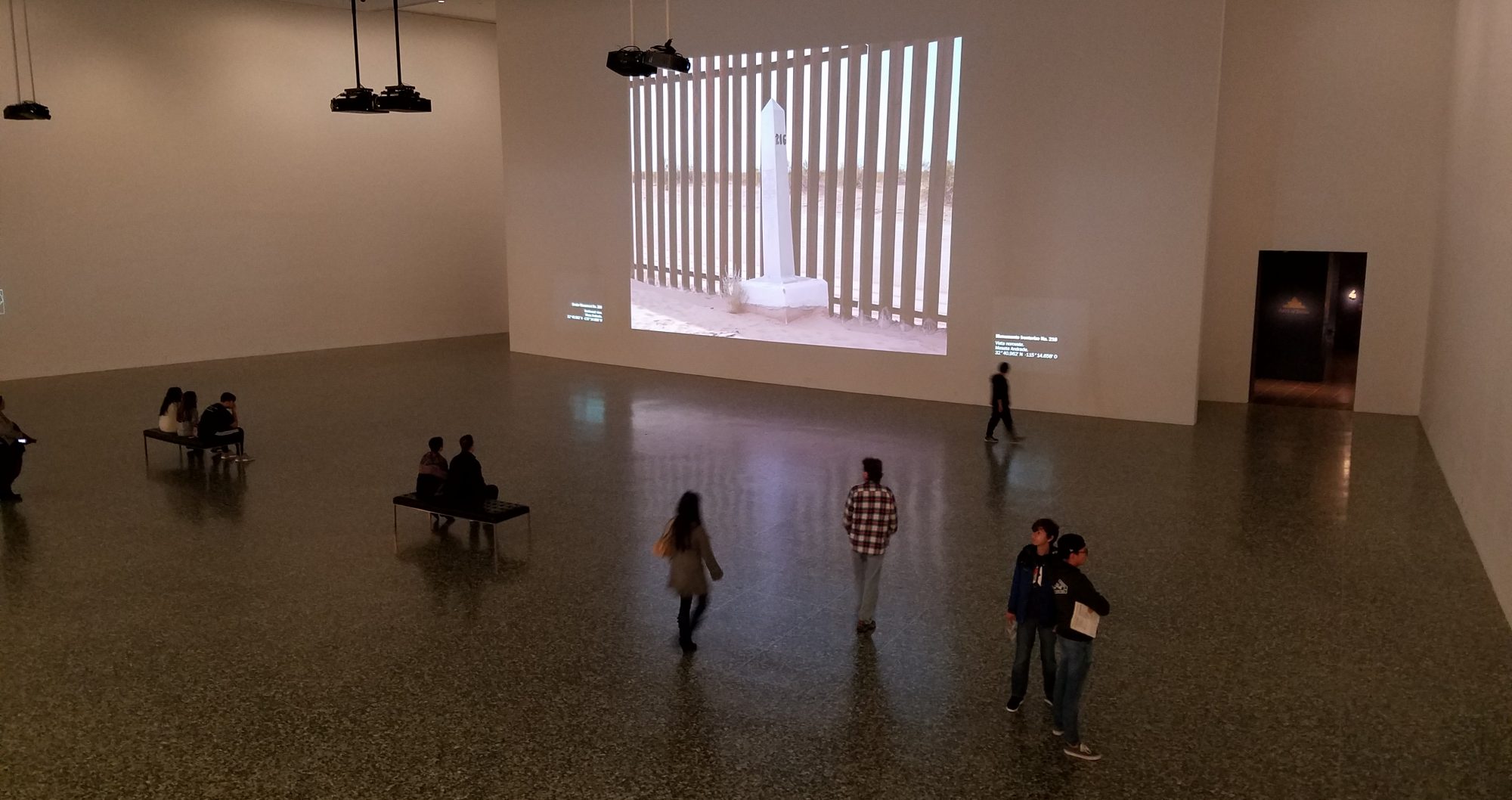The Holocaust highlighted a part of human behavior that was thought to be unimaginable. Human individuals doing unspeakable horrors to other humans. The horrific historic event reminded the world of the delicate balance between compassion and heartlessness, and how efficiently one can be influenced to do the latter. We all know the horrors that occurred during that time. For many, the visual images of the suffering encountered by the Jewish communities of Europe were seared into our memories. The memories were usually followed by verbal reminders this should never occur again. We now know better the outcomes of complete fealty to charismatic leaders who deep down inside have barbaric and inhumane goals in mind with their power.
One would believe that such human activity would never occur again. In our current times, how easy it is to drift towards total allegiance to questionable figures. This issue is not one that only is in the United States. Our world is constantly under conflict in seeing human individuals as more than just collateral damage or the costs of unending conflict. This blog post’s goal is not to provide a position on any of our current conflicts or environments (although, I do hold very strong ones which guide my own actions), but to remind how easy it is to be swayed by ideas to do the unimaginable. Unfortunately, it is part of human nature. We can, however, be provided important lessons on how fragile our human condition really is in life. My love of cinema reflects this goal.
I often select movies for their powerful impact to possibly transform human behavior. One such movie is Jonathan Glazer’s “The Zone of Interest”. Let it be known that this movie, while being a masterpiece (in my opinion), is one that is difficult to watch. A movie that I had to view in two sittings. The movie’s power was one I could not view in one direct sitting…and that is not a critique. This is, in fact, a testament of its strength to remind viewers that the ugly side of human consciousness is always nearby through what we see, and for this film, what we hear.
I first learned about this film through my interest in various film festivals around the world. I read about films debuting at these events to get a head start on movies to add to my summer watching list and for the autumn months where most of these films are released for consideration of various film awards. Among those films making headlines in 2023, “The Zone of Interest” caught my attention. Movie critics and reviewers disclosed that after viewing this film, the content and interestingly, the sounds heard throughout the movie, were something they could not shake off from their minds after viewing. In writing comments like this, these reviewers felt that the movie effectively provided its message not through graphic reenactments of the horrors of the Holocaust, which we have become desensitized to the horrific violence which actually occurred, but through the sounds of the horrors we do not see. Reviewers wrote that such an approach was groundbreaking and powerful. Sound design was the true element of bringing the unspeakable acts of the Holocaust to our mind.
The movie is loosely based on Martin Amis’ book of the same name. However, the movie uses the book and location as basis to create a deeply philosophical argument. The location for the film’s storyline is the Auschwitz concentration camp, rightfully known in history as one of the deadliest Nazi death camps between 1940 to 1945. Over one million Jews were killed at the camp largely through its gas chambers. For those not selected to be gassed, the camp forced prisoners to sadistic acts carried by the Nazis through starvation, medical experiments, exhaustion, disease, individual executions, or beatings. Auschwitz will forever be known as a site representing the horrors of dehumanization.
In this movie, Rudolf Hoss, commandant of the Auschwitz concentration camp, and this family set up residence just outside the fortified concrete walls outside the camp. On their side, he and his wife are a couple with young children living their daily lives getting ready for school. Some days, they enjoy swimming at the river nearby or in a pool. On sunny days, the wife is taking care of blooming flowers in a garden. When entertaining visitors, they enjoy a summer drink under a gazebo. On the daily, the father (Hoss) goes to work while his wife minds the household. These are things we are accustomed to seeing in our own lives.
How can one live idyllically in such surroundings? The philosophical argument presented is how far do we go to tune out inhumane and unethical behaviors in order to live the lives we want? How much do we look away, especially from violence, to live comfortably? Most importantly, in the film, how easily can we tune out injustice, genocide, and hatred occurring feet away? These questions are answered quite viscerally and horrifically through the Hoss family, whose household is literally feet away from the horrors of Auschwitz, where the killing and torture of Jews occurred 24/7. Glazer’s film reminds us that humans easily can tune out these horrors to carry on allegiance and loyalty to hatred, evil, and ideas rooted in prejudice and discrimination. Hence, the title, “The Zone of Interest.”
As I wrote earlier, I had to view this movie in two sittings. I selected to do this because the movie masterfully works it way into your mind by placing focus on the sounds accompanying the visuals. This is done immediately when the film starts. For the first three minutes, you view a blank black screen (see YouTube clip below). No images, no words, just the blackness that represents the historic moment you know the movie represents. For the blackness, a haunting soundtrack composed by Mica Levi is heard. For these long minutes, you are removed from what is expected from a traditional movie with credits, scenes of characters you will learn about, and uplifting music. Instead, you look into darkness. The screen is void of any life. You view into the darkness that is Nazism and fascism. All you have to make sense of anything is sound. Haunting sounds. The “music” isn’t music. It is disorienting tones and possibly voices. I can only imagine what it was like in the theater. Your auditory senses are, in a way, primed to focus on what the Hoss family was able to tune out in living next to unspeakable horror. They are numb to it, but for the viewer, you are more aware and keen to it. A truly remarkable feat for a film on this topic.
Flowers also play an important role in the film as well. Hoss’ wife takes great pride in caring for her flowers, vegetable garden, and greenhouse. The images of her garden juxtaposes the ugliness that lies over the walls bordering her house. Flowers usually represent life and beauty. For this film, flowers represent struggle, resistance, and unfortunately, death. The various plants and blooms occupying the Hoss household are held captive by the oppression that is the Hoss family. Flowers are reminders of the beauty that the Auschwitz prisoners cannot see, even though they are literally on the other side of the wall separating the house from the camp. The following scene represents this oppression and provides an example of how desensitized we can become if we choose to look away from violence and discrimination. The sounds of violence and inhumanity are what make this film difficult, yet important, to watch. The scene occurs immediately after Hoss’ wife proudly provides a tour of her garden to her mother, who is visiting the family at their residence.
Several other scenes highlight the sounds that constantly surround the household which eventually does influence the human behaviors of the family, including the children. As the film continues, the sounds start to make itself known more often. In a way, the film represents how the family never truly is unaware of the horrors lying over the walls. They are fully aware that they are complicit to the violent nature humans can enact on other humans. One is never truly removed from violence. Violence, when not questioned, becomes who you are and while you do you best look away, you allow violence to numb you to do unspeakable behaviors. Heavy stuff for one film to address, but this is the reason why many viewers of this film commented that this stayed in their minds long after viewing. I would agree. There are images that are striking and beautiful, but they are also accompanied by what we know is just on the outskirts of what we are seeing. We hear it. We know its just feet from the scene. We cannot avoid it like the Hoss family, but what if it was constantly there and we willingly chose to be near it?
While the film takes a historic time period to provide these questions, it is not lost on me that these same questions can be asked today. We have been challenged before in our current times to either take a stand or to look away. We are under constant questioning of our own moral values on doing what is right and what is wrong? Do we know the difference? We are facing an interesting era of trying to understand how to personally make sense of these challenges and how to guide others in making ethical decision-making. I am always amazed on how art and artists can use their craft to hold the mirror in front of us. I am also amazed on how these messages can be so direct, yet we pass over them and carry on. We have seen images of dehumanization in our recent history, where communities of people are seen as a problem to be discarded and vilified. We see images and sometimes react with the phrase, “nothing is shocking anymore”. We see messages that are direct, yet we continue with life as if it is something that does not affect us.

These are difficult times. The Zone of Interest, as difficult as it was to watch, reminded me that we cannot look away. We just need to listen. In listening, we can determine what is right and what is unjust.
The Zone of Interest was a unique film for this viewer. A film that I agree stays with you long after viewing. There were moments that were chilling, but there are also moments in the film were hope still existed and lived. A little girl risking her life hiding apples for those in the camp, a piano playing a lullaby about Sunbeams and the stories of those behind the walls. Moments like these provide levity and clarity in the dark spaces that fill the film.
If you have the time and determination, please watch this film. It is one that I am sure will be remembered for its message on understanding and working with the balance between evil and love.
Onward.
